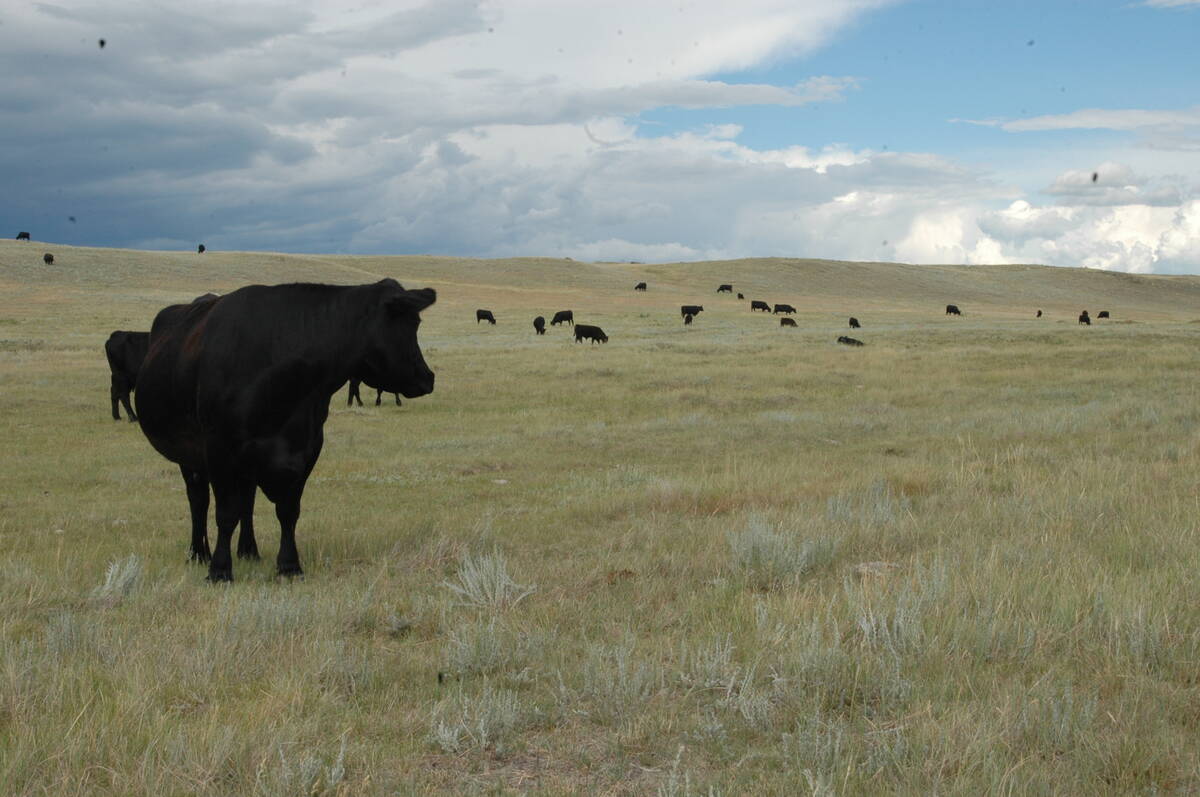Building blocks of no-till | Combining crop and animal production reduces weeds and builds organic matter in the soil
Livestock and legumes were touted at the World Congress on Conservation Agriculture as the keys to long-term success for no-till and low-till.
However, even at an international gathering of the world’s leading proponents of conservation agriculture, advocates of livestock and legumes sometimes needed to re-mind the audience not to forget about these elements of sustainable rotations.
“Nobody is talking about animal production,” a Moroccan representative said during a session on extending conservation agriculture practices to the world’s millions of smallholder farmers.
“We are completely ignoring this.”
Read Also

Canadian Food Inspection Agency slammed for handling of bovine tuberculosis case
The federal government leans heavily on producers to “take one for the team” and risk their livelihoods without any reassurance of support.
Advocates of big acreage farming systems such as those in Canada, the United States, Australia and Brazil also had to remind researchers and extension agronomists that a diverse rotation containing more than corn, soybeans and cereal crops will be essential for producing the best continuous long-term no-till and conservation practices.
Forages and manure help suppress weeds, build soil organic matter more than endless rotations of crops and fertilize the soil. They are part of the critical third element of conservation agriculture: a diverse and robust rotation.
Research on long-term no-till rotations has often concluded that forage and manure are key building blocks of robust conservation agriculture systems.
Researchers in many parts of the world, including at the University of Manitoba, have found that combining crop and animal production offers the best hope that low tillage, low input agriculture can survive the evolution of weeds and other challenges.
Many think that simply rotating a handful of grains, corn and soybeans isn’t likely to produce a sustainable long-term rotation.
Legumes are important for their nitrogen-fixing and weed-combating properties, while forages offer the same advantages plus provide fodder for livestock and produce manure, which is the best fertilizer in many situations.
The congress gave those who support including legumes, forages and livestock in no-till and conservation agriculture plenty of opportunities to broadcast their message to fellow soil conservation advocates.
Basic soil conservation practices are only beginning in much of the U.S., and some farmers won’t make the leap directly into no-till farming.
As a result, U.S. conservation agriculture proponents are making it a priority to convince them to get into cover cropping.
Forages and livestock inclusion was presented as the key to the long-term viability of rotations and the easiest way to demonstrate the economic gains of switching from conventional tillage.
“You have to really screw it up bad not to make cover crops pay if you have livestock,” said Steve Groff, a Pennsylvania farmer and cover crop seed provider.
“Livestock, cover crops, they’re going to pay. It’s just a no-brainer.”
Researchers have praised the role of legumes, forages and livestock in rotations for many years, but getting their conclusions from study plots to commercial acreages hasn’t happened often.
Many farmers can make the move from conventional tillage to cover-cropping or no-till, but adding forage and livestock into conventional crop production has been too much for most to consider.
However, Groff said researchers have begun to show farmers how to do more than just buy new machinery and adopt new practices. They’re able to demonstrate systems that make sense to farmers who know how plants operate.
“We have all this cool technology out there … but now we’re marrying that with tried and true biology,” said Groff.
“That whole concept of taking the technology and using that with biology is the foundation for our 21st century agriculture.”















